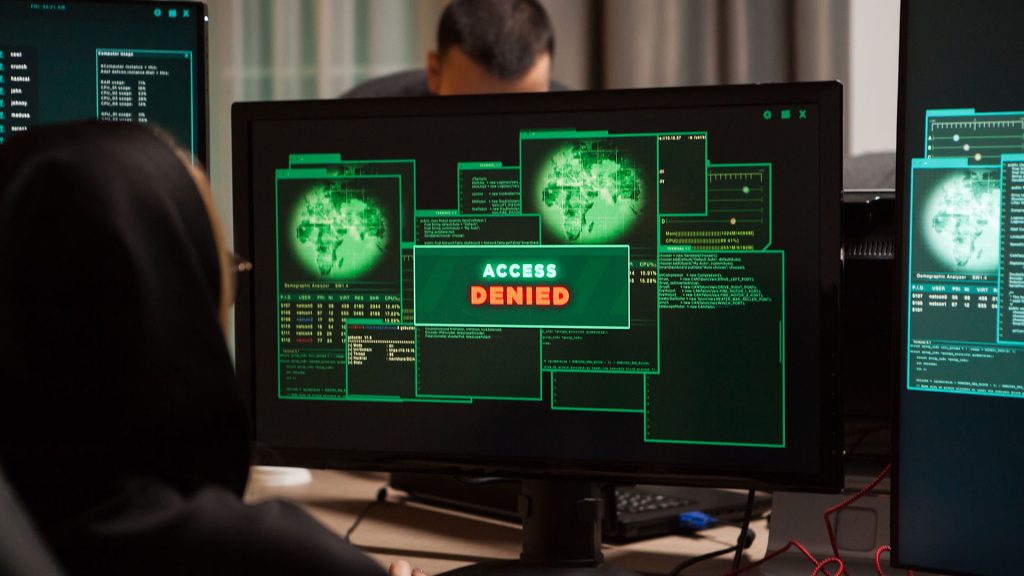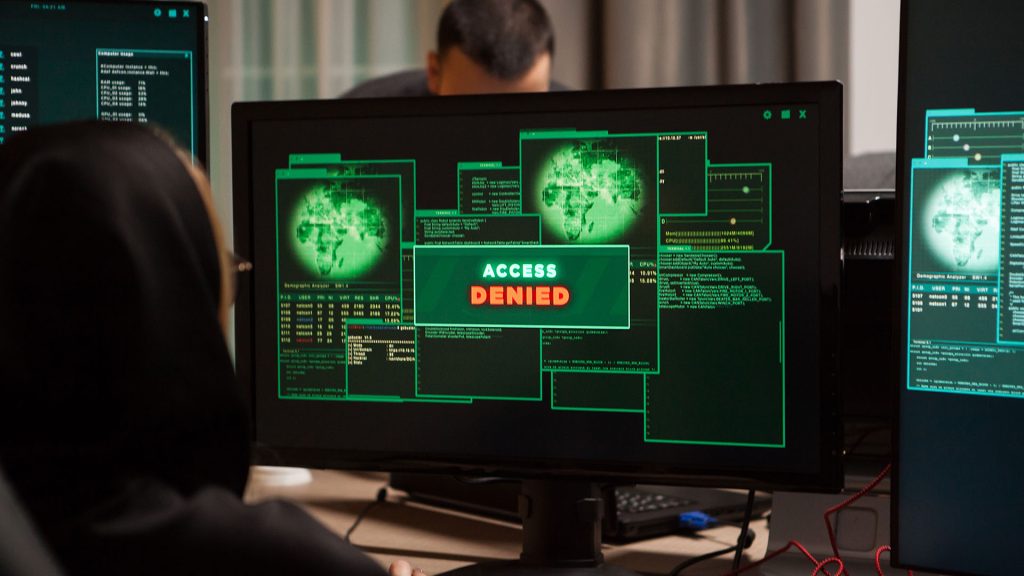The Future of Cybersecurity: How AI Could Predict and Prevent Cyber Attacks


In our digital age, cybersecurity has become a critical concern for individuals, businesses, and governments alike. As cyber threats evolve and become more sophisticated, traditional security measures often struggle to keep pace. Enter artificial intelligence (AI) – a technology poised to revolutionize the field of cybersecurity. In this blog article, we’ll explore how AI could help predict and prevent cyber attacks, enhancing cybersecurity measures worldwide.
The Growing Threat of Cyber Attacks
The internet has become an integral part of our lives, but it also opens the door to cybercriminals who exploit vulnerabilities for malicious purposes. From data breaches and ransomware attacks to phishing scams and distributed denial-of-service (DDoS) attacks, the landscape of cyber threats is vast and constantly changing. As these threats grow in complexity, the need for advanced cybersecurity solutions becomes ever more pressing.
The Role of AI in Cybersecurity
AI offers powerful tools for enhancing cybersecurity. By leveraging machine learning algorithms, AI systems can analyze vast amounts of data, identify patterns, and detect anomalies that may indicate a cyber attack. Here are some key ways AI could transform cybersecurity:
Predictive Analysis
AI’s ability to predict potential cyber threats before they occur is one of its most promising applications. Predictive analysis involves using historical data and machine learning models to forecast future attacks. By identifying patterns and trends in cyber threats, AI can alert security teams to potential vulnerabilities and attack vectors, allowing them to take proactive measures.
For example, an AI system might analyze network traffic and user behavior to detect unusual activities that could signal an impending attack. By predicting these threats, organizations can implement preventive measures, such as patching vulnerabilities, enhancing security protocols, and training employees on cybersecurity best practices.
Real-Time Threat Detection
Traditional security measures often rely on pre-defined rules and signatures to detect threats. However, this approach can be limited in its ability to identify new or evolving threats. AI, on the other hand, can adapt and learn from new data, making it highly effective at detecting previously unknown threats in real time.
AI-powered systems can continuously monitor network activity, analyzing data from various sources to identify suspicious behavior. When a potential threat is detected, the AI can trigger alerts, initiate automated responses, and even isolate affected systems to prevent the spread of malware or other malicious activities.
Automated Incident Response
Responding to cyber attacks quickly and effectively is crucial to minimizing damage. AI can assist in this by automating incident response processes. When an attack is detected, AI systems can execute predefined response plans, such as blocking malicious IP addresses, quarantining infected devices, and deploying patches.
Automated incident response not only speeds up the reaction time but also reduces the burden on human cybersecurity teams. This allows security professionals to focus on more complex tasks and strategic planning, rather than being overwhelmed by routine incident management.
Enhancing Threat Intelligence
AI can significantly enhance threat intelligence by aggregating and analyzing data from multiple sources, including cybersecurity databases, social media, dark web forums, and more. This comprehensive analysis helps create a detailed picture of the threat landscape, providing valuable insights into emerging threats and attack methodologies.
By leveraging AI for threat intelligence, organizations can stay ahead of cybercriminals, adapting their security strategies to address new and evolving threats. This proactive approach is essential for maintaining robust cybersecurity in an increasingly interconnected world.
Challenges and Considerations
While AI holds great promise for enhancing cybersecurity, it is not without its challenges. One significant concern is the potential for adversarial attacks, where cybercriminals manipulate AI systems to evade detection. Additionally, the implementation of AI in cybersecurity requires significant investment in technology and expertise.
Data privacy is another critical consideration. AI systems rely on vast amounts of data to function effectively, and ensuring this data is handled securely and ethically is paramount.
The Future of Cybersecurity with AI
As AI technology continues to advance, its integration into cybersecurity will likely become more widespread and sophisticated. Future developments may include AI-driven security platforms that provide end-to-end protection, from threat detection and prevention to incident response and recovery.
In conclusion, AI has the potential to revolutionize cybersecurity by predicting and preventing cyber attacks, enhancing real-time threat detection, automating incident response, and improving threat intelligence. As we look to the future, embracing AI in cybersecurity will be essential for protecting our digital world from increasingly sophisticated cyber threats. #CyberSecurity #AI



